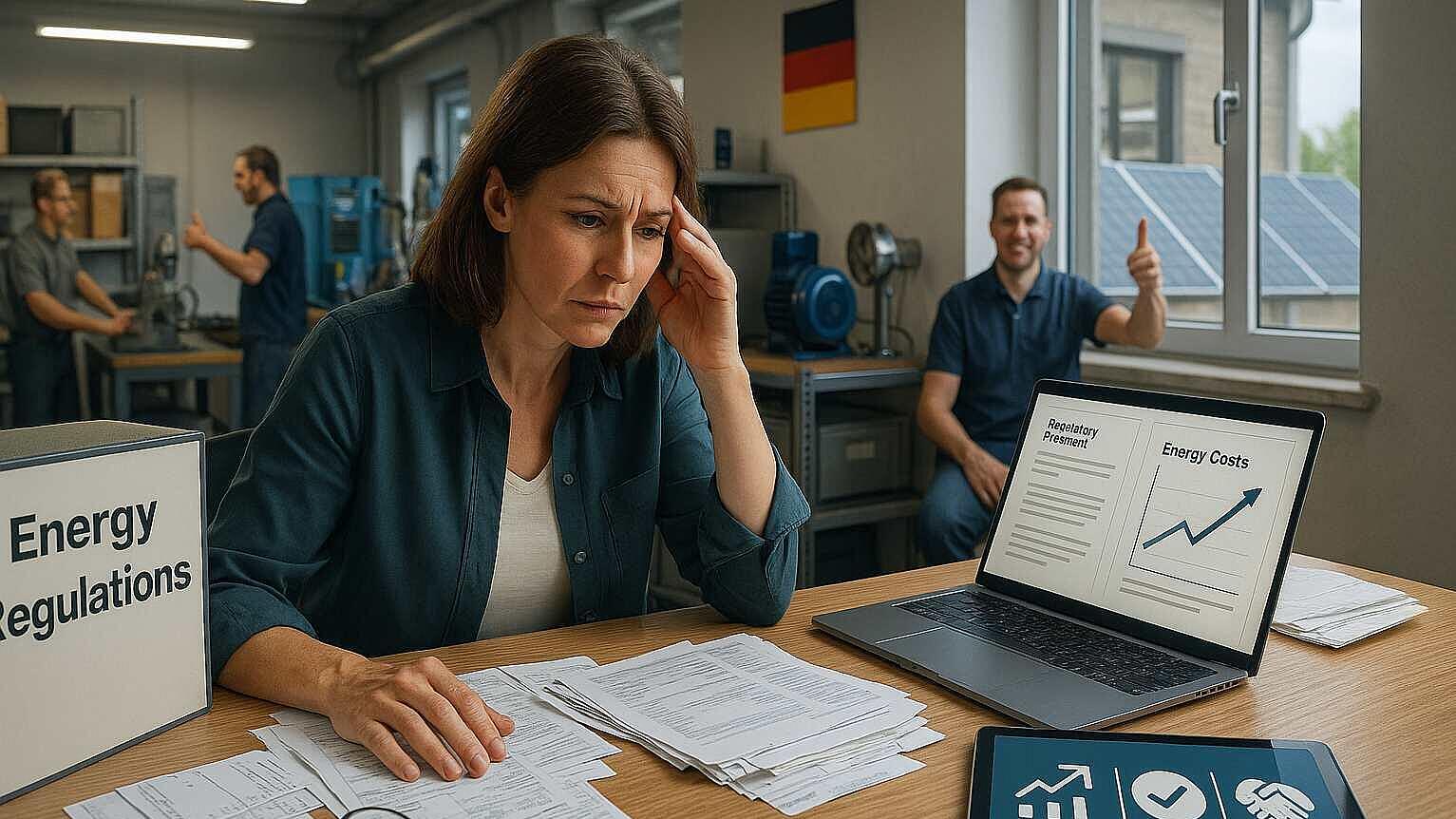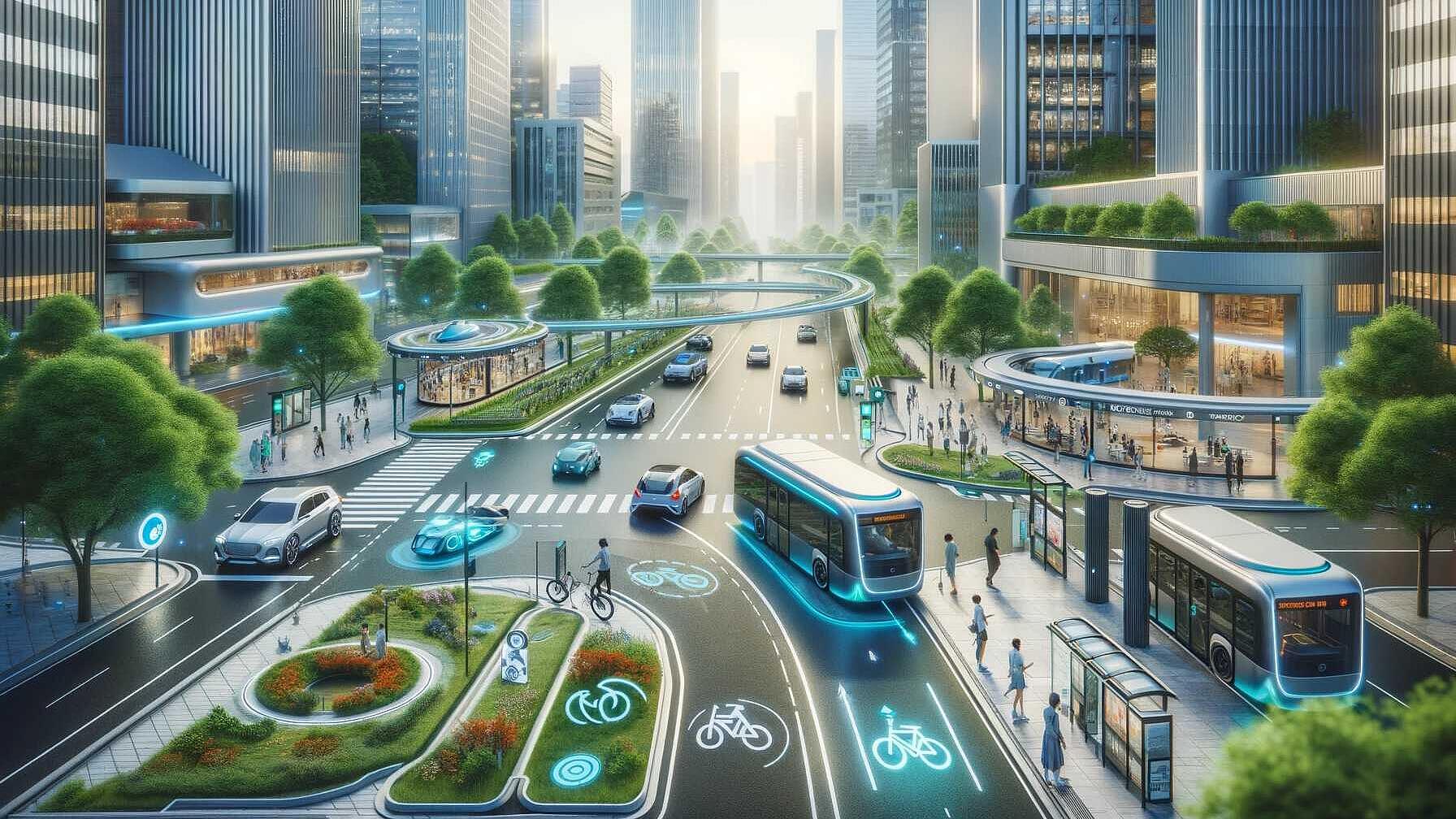 Search Result
Search Result5 smart cities around the world
According to TWI Global , “ A smart city uses information and communication technology (ICT) to improve operational efficiency, share information with the public and provide a better quality of…
Read Full articleIntegration: the cornerstone of the energy transition
Ultra-efficient, renewable and digital : Tomorrow's energy system will be fundamentally different to its contemporary cousin. The shape of our energy future will reveal itself in the exhibits of the…
Read Full articleInnovative financial solutions to fight energy poverty
Social housing associations and EU projects are countering energy poverty with innovative financial schemes and “solidarity mechanisms”: “Buildings refurbishment benefits both the people and the…
Read Full articleFive Big Steps for a Smarter, Greener Europe: Rethinking National Energy Schemes
Picture a small company in Germany: the managing director juggles regulatory paperwork, rising energy bills, and the daily struggle of keeping staff motivated. She’s heard about energy efficiency, but…
Read Full articleThe next wave of renewable energy?
First published here . By Chris Bentley Marine hydropower could make waves in renewable energy, if it can overcome technological and financial challenges. Chris Bentley takes a look. For now, the wave…
Read Full articleRevolutionizing Transit: Europe's Top Smart Mobility Solutions
In an era where urban spaces are increasingly pressured by growing populations and environmental concerns, Europe is at the forefront of a transportation revolution. Smart mobility, leveraging…
Read Full articleIndustry digitalisation from an energy perspective
The digital revolution - 2 page factsheet by the Joint Research Center The digital revolution Digitalisation is the innovative use of information and communications technologies , in particular the…
Read Full articleHow do we get the renovation wave rolling in Germany?
The European Union announced a major renovation wave last fall. It wants to double the rate of renovation in existing buildings over the next ten years. This is urgently needed, because buildings play…
Read Full articleDeep decarbonisation of industry: The cement sector
Headlines Fossil fuel combustion to meet heating needs accounts for 35% of cement’s CO2 emissions. The remaining 65% are due to direct process emissions, which must also be addressed. The biomass use…
Read Full articleOverview of main actors in the e-mobility ecosystem
The transport sector still accounts for a quarter of EU carbon emissions, mainly coming from road transport. Direct electrification is playing a leading role in decarbonising the sector with electric…
Read Full article








